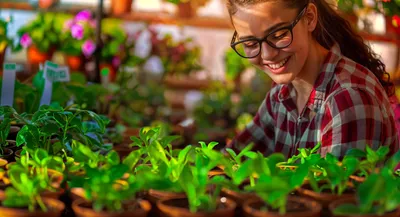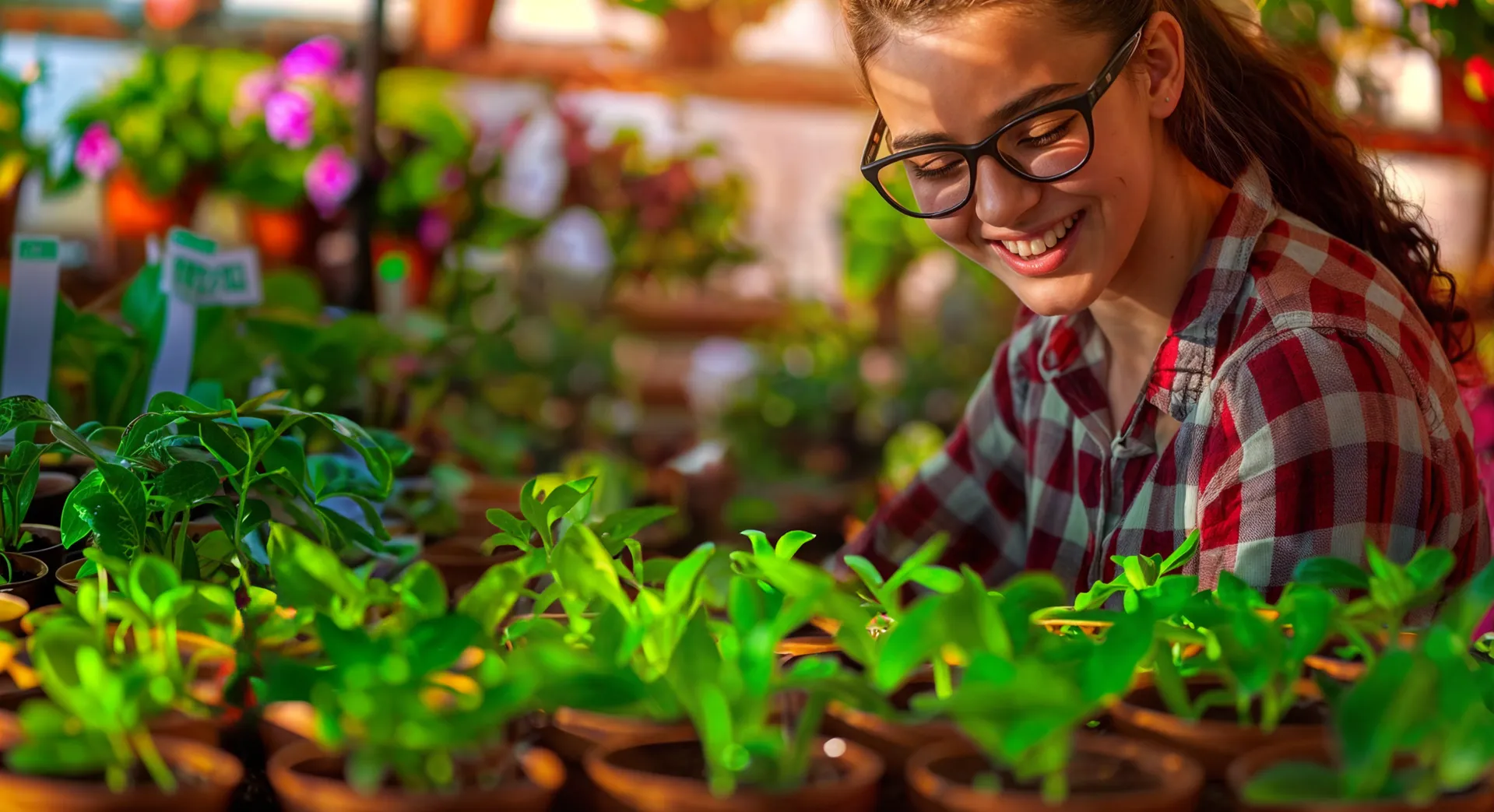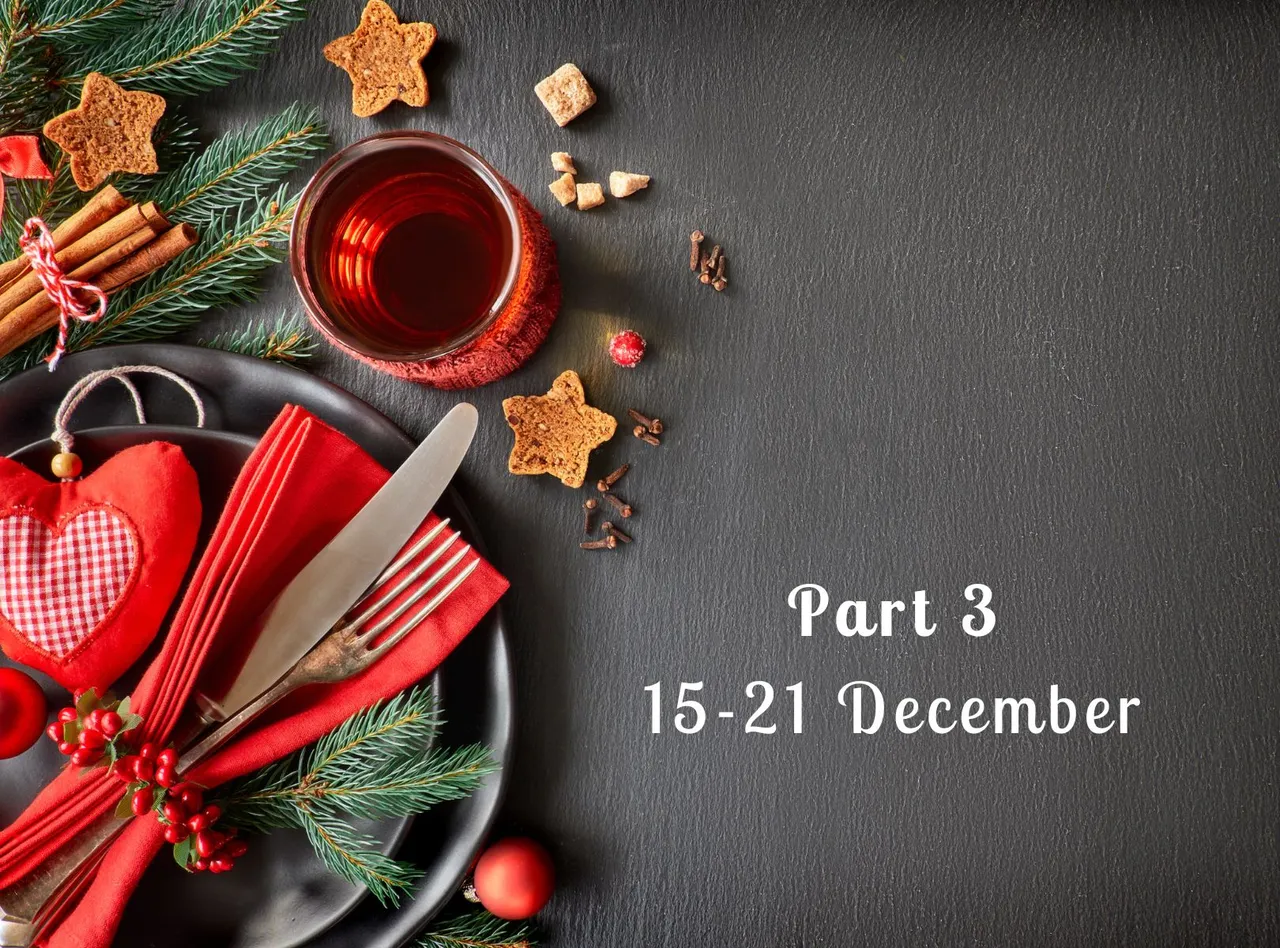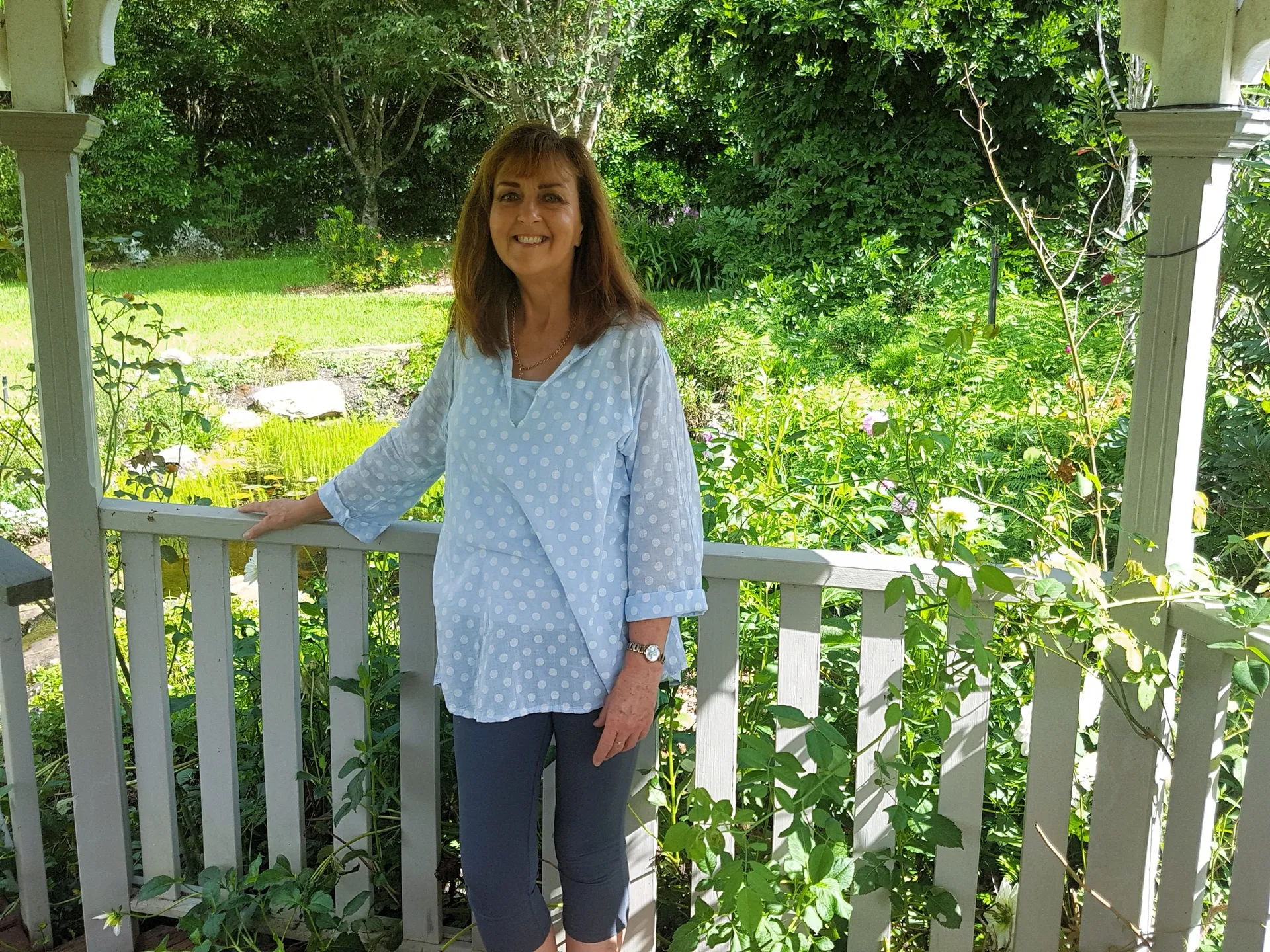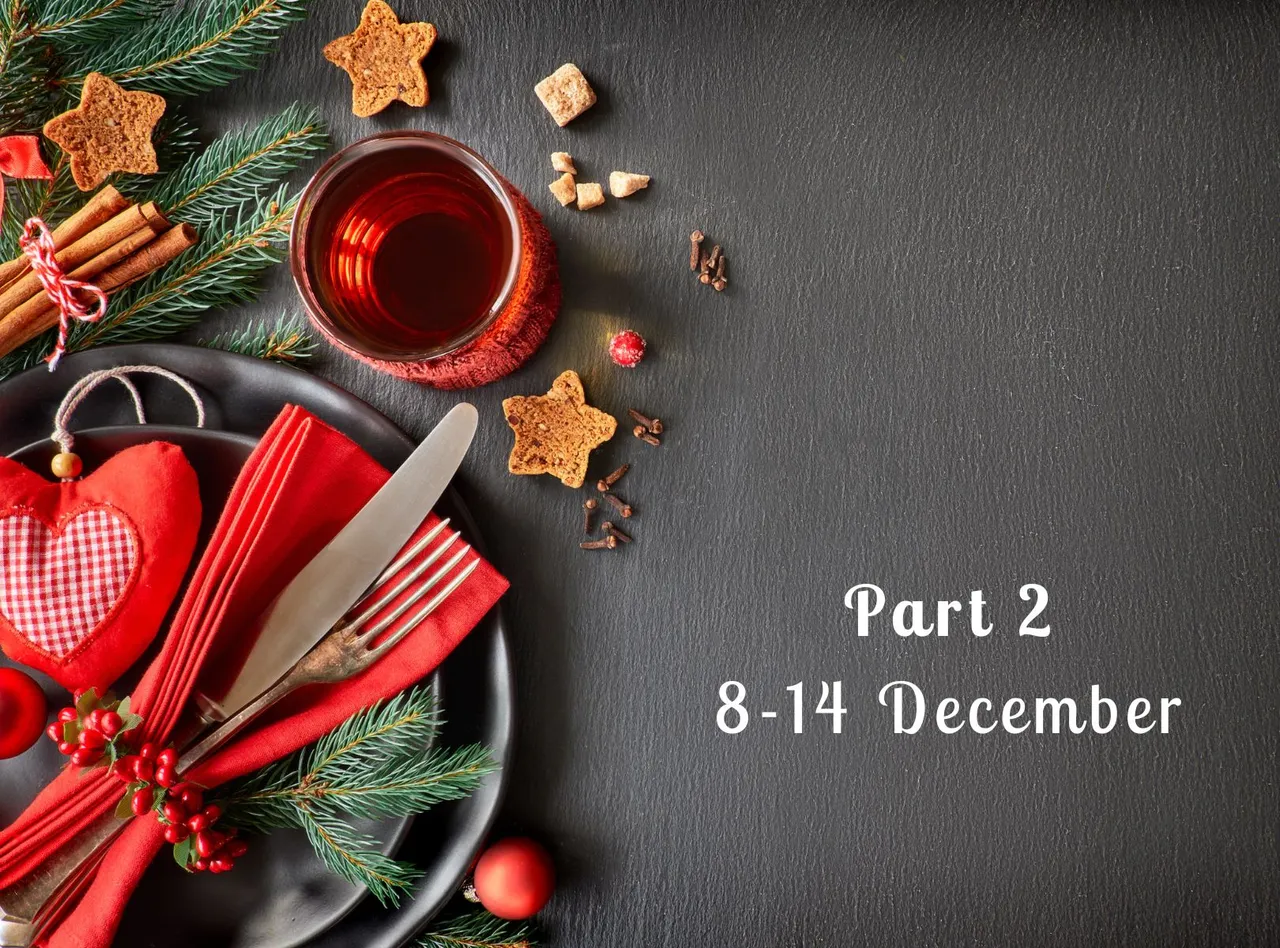Gardening Tips June 2024

Find out what to do in the garden this June. Grab your gloves and check out these top tips from the Micro Gardener
Anne shares her top tips for gardening in June
June is one of the best months for sowing winter crops. We only have a short winter (June/July) so make the most of this time by growing cool-season vegetables and herbs. Sow little and often (succession plant) for a continuous harvest of fresh ingredients.
Are your plants getting enough light?
- Observe your microclimates . If your garden has more shade in winter with the shorter days, remember you can still plant a wide variety of shade-tolerant edibles .
- Daylight hours are shorter in winter, so observe your sun/shade areas and give priority to plants that need full sun positions (6 hours of direct sunlight/day).
- Move containers around on portable trolleys or castors to catch the sun during the day if you have limited sunlight or consider planting vertically . Consider where taller plants cast shade on others that might suffer due to inadequate sunlight.
- Prune plants to let in more light as necessary.
Top lawncare tips - while you might enjoy not having to mow as often, lawns may struggle to stay healthy over winter. So you’ll likely see more weeds emerging.
- Keep on top of the mowing and whipper snipping to avoid seed heads forming.
- Top dress with a light layer of compost and rock minerals, watered in with liquid seaweed and diluted Epsom salts. This will encourage strong root development and a thicker thatch to minimise weeds.
- Leave the catcher off your mower to self-mulch and return nutrients to the soil for a healthier lawn. ID edible weeds that pop up!
What to do with Citrus Trees - we have a short window to prune our citrus and fruit trees when they become dormant for a brief period. Check if your trees have finished fruiting or only have a few last-season fruit left. June-July is the time to shape them and prune back as needed for next season’s growth.
- Open up the canopy for improved sunlight and ventilation.
- Remove dead, diseased or damaged branches and any growing in the wrong direction (upwards or crossing over). If you miss this critical timing, you’ll have to wait until next year.
- If you want to plant more fruit trees , now is the time of year to source bare-rooted varieties to save money on your urban orchard.
Water wisely - plants don’t grow as strongly over the cooler months, they don’t have the same water requirements. So adjust your watering to avoid wasting this precious resource. Save rainwater any way you can because winter typically doesn’t get as much rain and every drop counts.
How to improve your soil and why - Lifeless, dry dead dirt won’t grow healthy produce so invest in your health by focusing on your soil first.
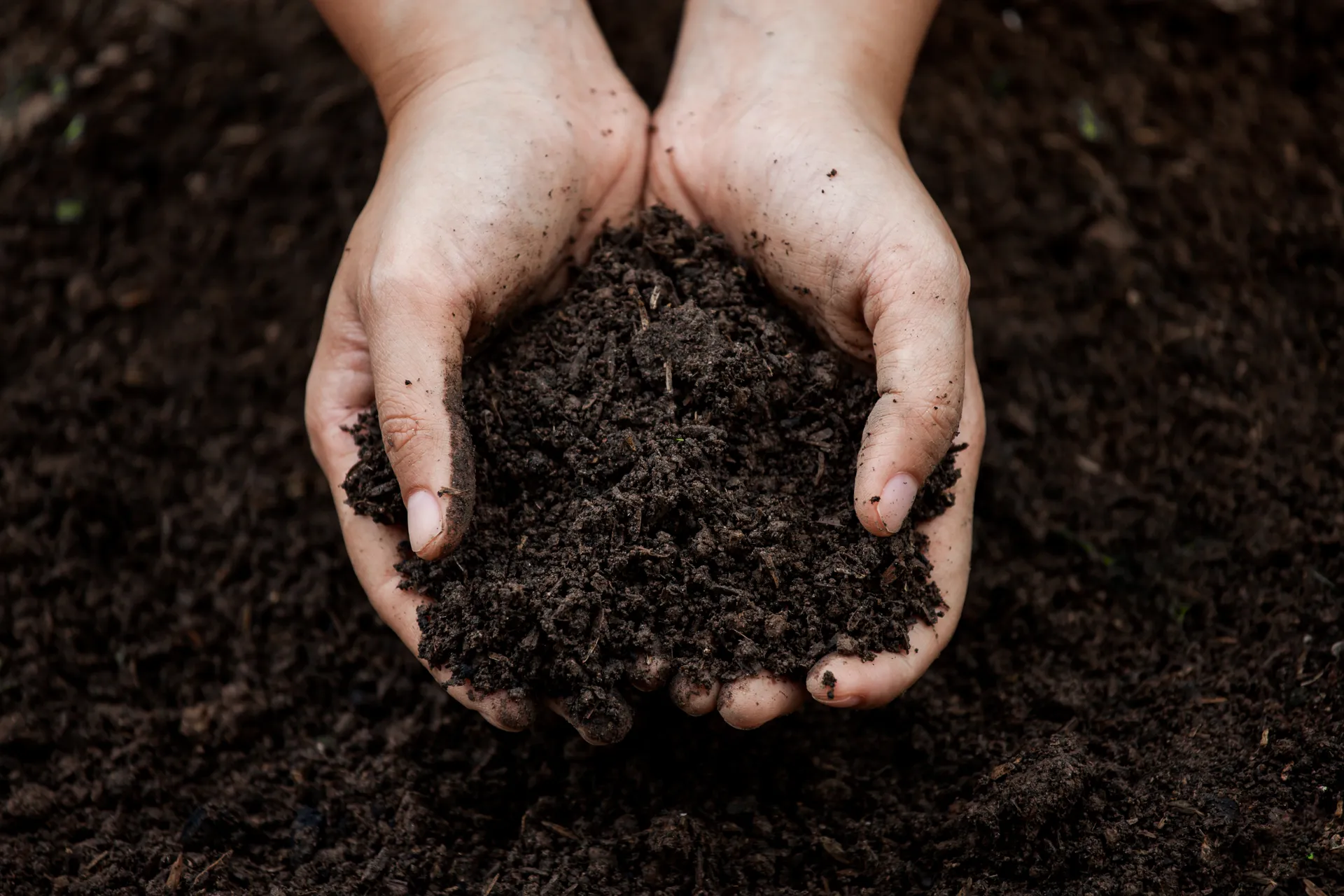
- Add compost and worm castings for nutrient-rich soil and enriched potting mix for food crops. Protect crops from wind that can dry them out quickly.
- Container gardens likely need a top-up of fresh potting mix before new plantings.
- Follow this handy potting mix guide to improve bagged potting mix or make your own with easily available ingredients for a long-lasting, moisture and nutrient-holding soil.
What to Plant in June
If you’re not sure when each of our five seasons starts and ends, or what to plant each month, refer to the perpetual Subtropical Planting Guide.
Veggies

Plant now
- Asian greens
- beans, beetroot, all brassicas (broccoli, kale, rocket , tatsoi, cauliflower, cabbages), broad beans
- capsicum, carrots, celery, chard, chia, cool-season green manures
- eggplant
- garlic
- leek, lettuce
- mizuna, mustard
- peas , potato, perpetual spinach
- radish
- silverbeet, spring onions
- cherry tomatoes
Peas and beans in a hurry - if you are impatient for peas and beans, sow dwarf/bush varieties first, then climbers. The bush peas and beans will produce flowers and pods earlier than climbing varieties because these need to put on more leaf growth before flowering. The dwarfs will give you a quick crop and 3-4 harvests. By then, your climbers will be producing plenty of peas and beans and will last much longer so you can extend the harvest. A simple strategy for enjoying these vegetables for longer. Sow some peas as microgreens for crunchy pea shoots.
Grow from kitchen scraps - if you want to save money instead of buying seeds or seedlings, watch this video I created to help you learn how to grow food for free from kitchen ‘waste’. The tips are so easy to apply and sustainable.
Fruits
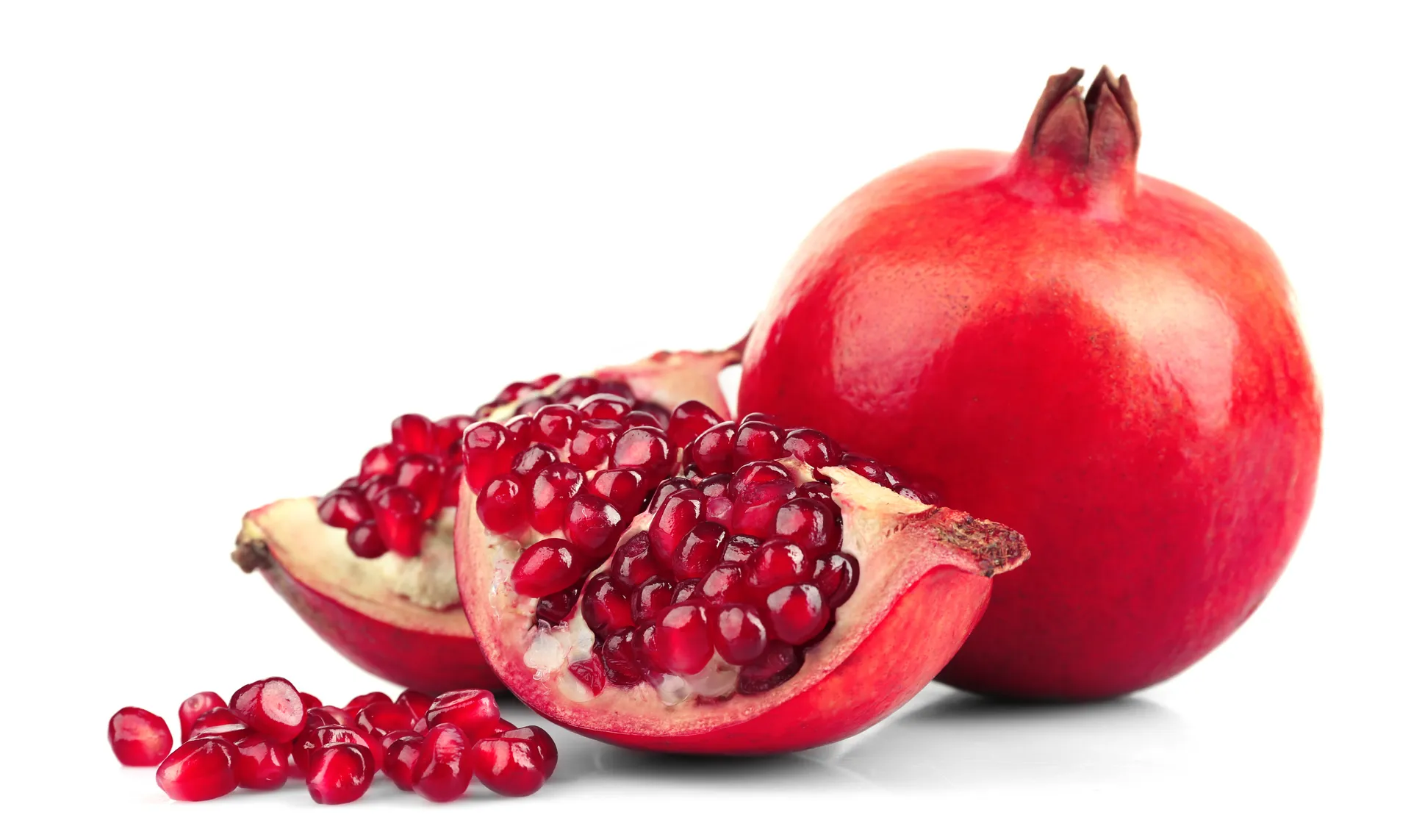
Remember to remove any buds from young fruit trees so they can put energy into growing roots, not fruit in their first year.
Plant now
- Black Sapote, Blueberry
- Carambola, Citrus, Coffee,
- Feijoa,
- Grape, Guava,
- Kiwifruit,
- Mulberry (easy from cuttings taken in the new moon phase),
- Nectarine,
- Olive, Papaya, Passionfruit, Peach (try tropical and dwarf varieties), Pomegranate
- Strawberry runners and new plants - If your ‘mother’ strawberry plants are throwing runners, separate them and feed up well with compost and liquid seaweed to boost new root and shoot growth.
Herbs and flowers

Interplant your herbs and flowers between vegetables (particularly brassicas) to attract beneficial predator insects to keep caterpillars and other insects in balance.
Plant now
- American Upland or Land cress, Angelica
- Borage
- Calendula, Catnip, Chamomile, Chervil, Chicory, Chives, Coriander (slow bolt)
- Dill
- Fennel
- Herb Robert, Hyssop
- Lavender, Lemon balm, Lovage
- Marjoram, Mint
- Nasturtium
- Oregano,
- Parsley, Perennial 'Sawtooth' or Mexican coriander
- Rocket, Rosemary
- Sage, Salad Burnet
- Thyme, Watercress, Winter savory and Winter tarragon.
Flowers
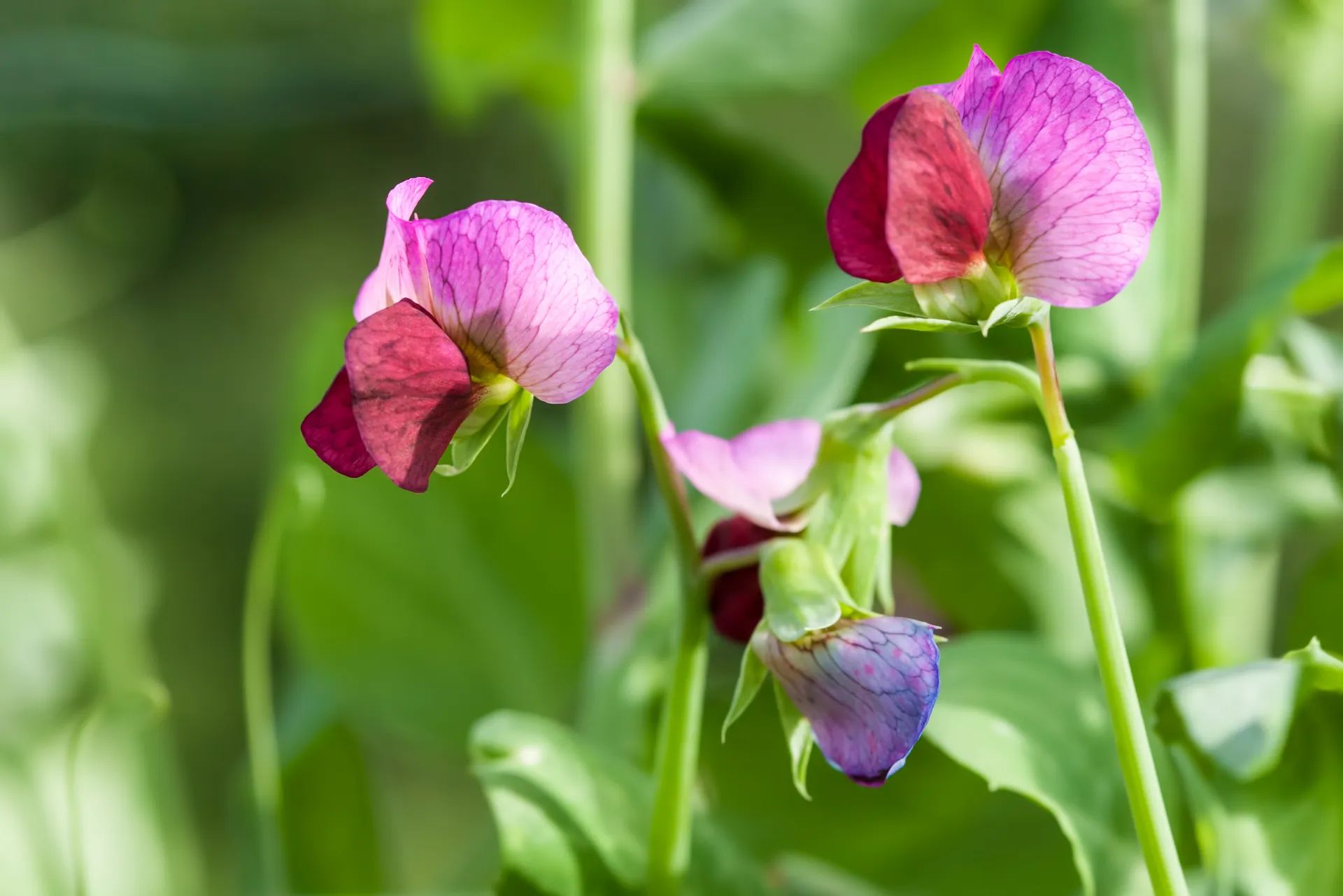
Plant now
- Calendula, Cornflower
- Dianthus
- Lobelia
- Marigold
- Nemesia
- Pansy, Petunia, Phlox
- Sweet Alyssum, Snapdragon, Statice, Strawflower, Sweet Pea
- Viola
Pests
Fruit fly is a threat we all live with. If we have mild winter temperatures, we could expect them earlier this year, with more generations recurring over the coming months.
Put your traps in place to minimise damage and control the life cycle. Other strategies that may help are to:
- select early fruiting trees, to miss the fruit fly attack
- grow dwarf varieties or keep fruit trees small
- cover with suitable exclusion netting
- Plant a sacrificial crop of Nasturtiums to attract the Cabbage White Butterfly to lay eggs on these plants instead of your brassicas. Sacrificial plants make it easy to squish caterpillars in one spot instead of all over your garden.
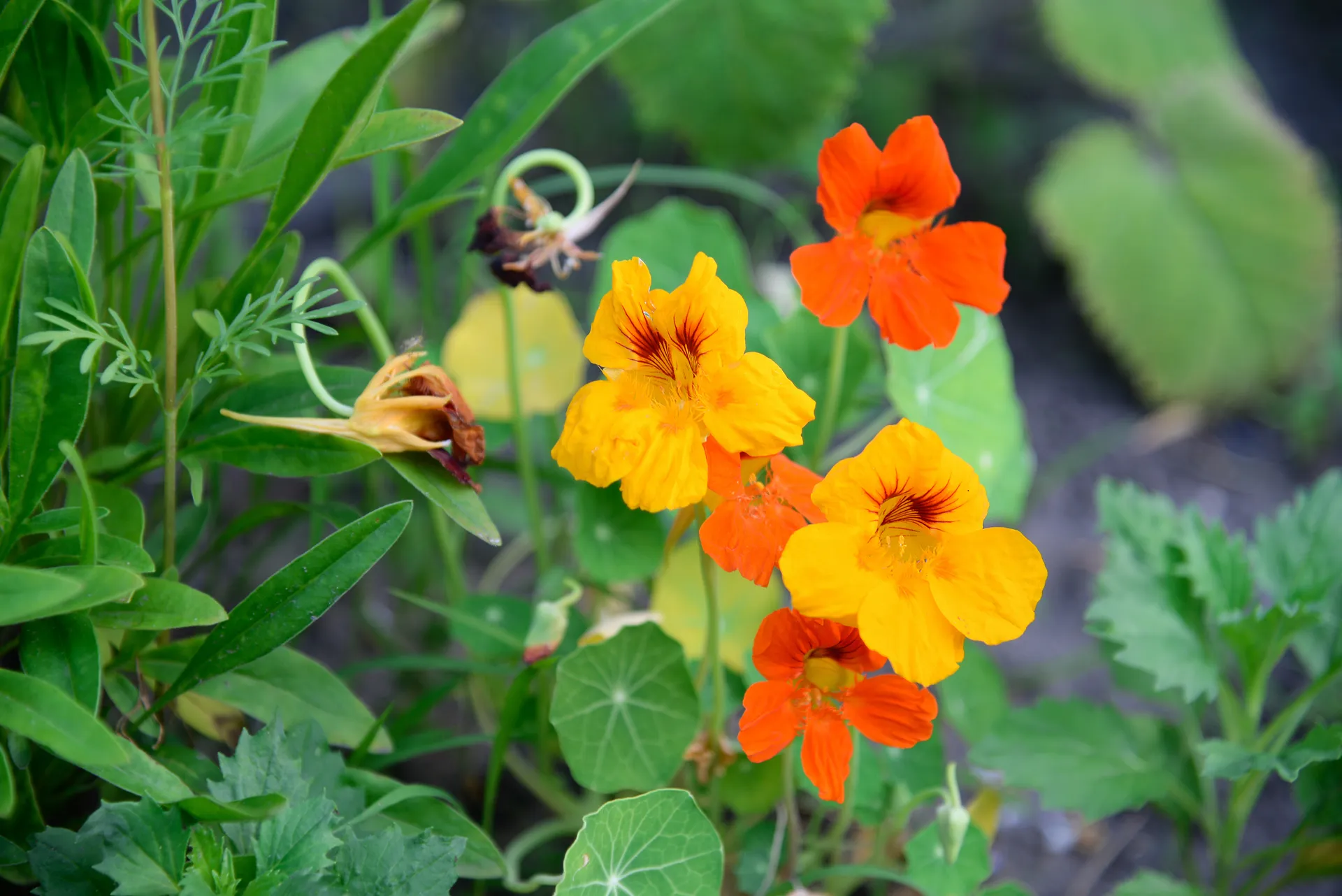
- Try interplanting Land cress or American Upland Cress. The saponins in the leaves are toxic to the baby caterpillars, so they die, breaking the lifecycle.
- Decoys, exclusion nets, cloches for young seedlings , interplanting and other organic controls can help you manage these pests.
General Garden Tasks
- Prune old asparagus ferns, feed and mulch.
- Divide and transplant arrowroot and garlic chives.
- Prune passionfruit vines to remove dead stems and deciduous fruit trees.
- Feed, weed and mulch around fruit trees if you haven’t already done so.
- Maintain your tools, build garden beds while it’s cool and vertical structures ready for spring planting.
- Sow microgreens seeds for a continuous supply of nutritious leafy greens.
Follow The Micro Gardener
Anne Gibson is your gardening guru, making it easy to grow good health.
[email protected] | themicrogardener.com
Follow Anne, The Micro Gardener Facebook | YouTube | Instagram | Pinterest | Twitter


